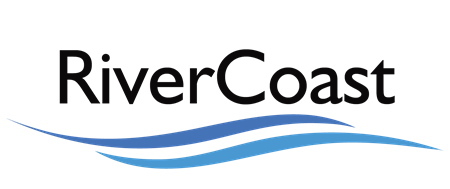Objectives: Trip Leader Candidates shall demonstrate knowledge of communication and signaling tools and their appropriate use (including VHF radios, emergency signals, and paddle and hand signals).
Course Application and Suggestions: Communications and signaling devices can be confusing to kayakers as the regulations are not always clear and – in the past – often ignored by kayakers. Trip Leaders, however, are expected to follow the law as well as prudent seamanship. In class, we can help clarify and provide examples. Please review these resources ahead of time:
USCG Required Equipment. The United States Coast Guard (USCG) requires specific equipment as summarized in this blog post.
Paddle Signals. Personal and regional differences exist so always clarify within a group at put-in. Additional paddle signals are used in specific situations (such as surf landings). However, this video provides a basic introduction to Paddle Signals. Note that “paddle” signals can also be done with hands only.
Calling for Help. In a little over five minutes, this USCG video by two ACA kayak instructors covers the basics for calling for help by cell phone and VHF radio.
Distress Signals. This BoatUS webpage offers a nice introduction to regulations on Visual Distress Signals. Be sure to carry a readily accessible whistle or air horn for gaining the attention of other boaters (for communication with your group or others) or for signaling emergencies (three whistle blasts).


